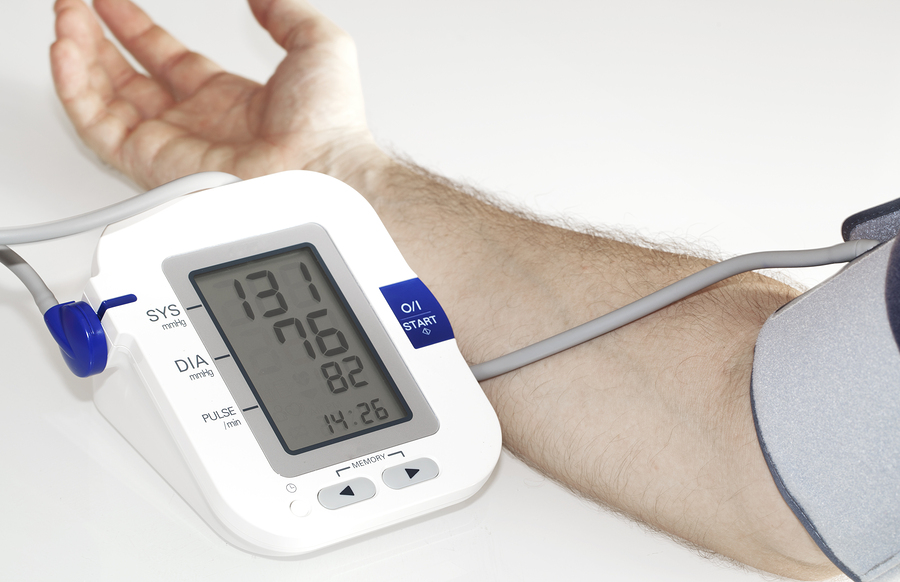Self monitoring your blood pressure has benefits, if you have hypertension
Using blood pressure self-monitoring is an effective way to empower patients with hypertension to stick with an exercise programme, according to a first-of-its-kind study conducted by a multidisciplinary team of UConn researchers in collaboration with Hartford Hospital. The findings, recently published in the Journal of Hypertension, confirm a long-held but previously untested theory by the […]

Using blood pressure self-monitoring is an effective way to empower patients with hypertension to stick with an exercise programme, according to a first-of-its-kind study conducted by a multidisciplinary team of UConn researchers in collaboration with Hartford Hospital.
The findings, recently published in the Journal of Hypertension, confirm a long-held but previously untested theory by the study’s principal investigator, Linda Pescatello, a distinguished professor in UConn’s Department of Kinesiology, and Dr. Paul Thompson, chief of cardiology at Hartford Hospital, that blood pressure self-monitoring can and should be used as a behavioral strategy to help keep patients with hypertension engaged in an aerobic exercise training program, a proven means of addressing the chronic condition known to be a leading risk factor for cardiovascular disease.
“We know that hypertension is the most common and costly, but modifiable, chronic condition in the U.S. and world,” says Amanda Zaleski, a postdoctoral fellow in UConn’s Department of Kinesiology who works as an exercise physiologist in Hartford Hospital’s Department of Preventive Cardiology. Zaleski is the lead author of the study, which was her doctoral dissertation.
“We know that regular aerobic exercise lowers blood pressure on average to the order of five to seven points,” she says, “and these reductions are even greater for those with higher baseline blood pressure.”
The difficulty, Zaleski adds, is that hypertension causes no outward symptoms, and patients often become frustrated when they don’t know or understand what their blood pressure values are and don’t see results from lifestyle modifications. These frustrations can make starting and, perhaps more importantly, sticking with an exercise training program more difficult for many patients.
The research team – which included experts in kinesiology, psychology, cardiology, and statistics, among other disciplines – set out to test their long-held notion that encouraging patients to monitor their own blood pressure, especially before and after exercising, would not only show the patients that exercise had an immediate, positive effect on their blood pressure, but also would help them better adhere to an exercise training program.
Exercise, Zaleski says, lowers blood pressure immediately, an effect first established by Pescatello in a 1991 study which showed that, after one single bout of exercise, blood pressure drops about five to seven points and that this reduction persists for up to 22 hours after the exercise.
She says these blood pressure reductions serve as an objective biomarker that people can measure and see with their own eyes. “This is really powerful for someone with hypertension because it enables them to demonstrate to themselves that their blood pressure is lower on days they exercise than on days that they do not. There are very few chronic conditions that respond this way to exercise. Imagine if an individual with overweight/obesity lost five to seven pounds after a single bout of exercise?”
The researchers recruited 24 participants with hypertension and engaged them in a 12-week supervised aerobic exercise training program. Half of the study participants self-monitored their blood pressure twice a day as well as before and after exercising, and the other half did not self-monitor their blood pressure at all. Most of the participants exercised on a treadmill for 40-minute supervised sessions three times a week at moderate intensity, and they were encouraged to exercise on their own at home in addition to the training sessions.
While both groups saw their blood pressure values lowered by the end of the 12 weeks, the group engaged in self-monitoring lowered their blood pressure by about double the magnitude – about 10 points – compared to the group that was not self-monitoring, which saw an average five-point reduction.
Courtesy: eurekaalert
